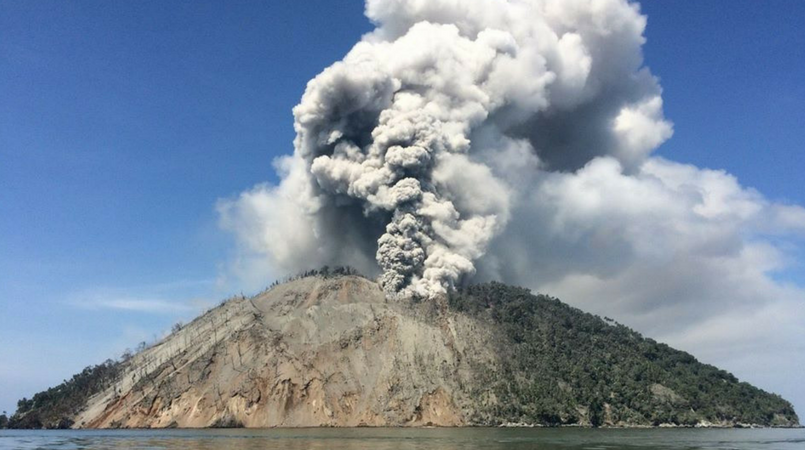
The Kadovar eruption in East Sepik Province continues, much the same as for the last few days.
The Rabaul Volcanological Observatory, in its 12th situation report, noted several discrete explosions on Sunday morning from the same vent, described as moderate to large.
“The main crater produced weak to moderate dark grey ash clouds to 500-800m above the summit,” reported the RVO.
“It is referred to as continuous vulcanian activity.”
The Observatory has reported that sulphur dioxide (SO2) gases are being emitted from the volcano and have shown a strong signal in the last few days.
“Continuing strong SO2 emissions, the presence of some high frequency earthquakes, the ongoing eruptive activity would indicate that the situation is dynamic,” states the RVO.
The Observatory further believes that the structure is unstable, following recent photographic evidence of significant displacement of the South-East flank and active faulting.
Meanwhile, seismometers have been operating since January 16 on Ruprup Island (11am) and Kadovar (3pm).
“The seismometer on Blup Blup (Ruprup – local spelling) is still recording discrete high frequency earthquakes from Kadovar (2 seconds=14-15km). Their number seems to have increased slightly.
“More detailed seismic reports will follow.”
The RVO has classified the Kadovar volcano as a “Holocene stratovolcano dominated by andesitic scoria and lavas”.
(Picture: RVO)
